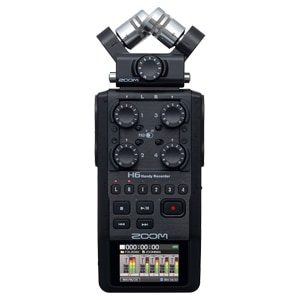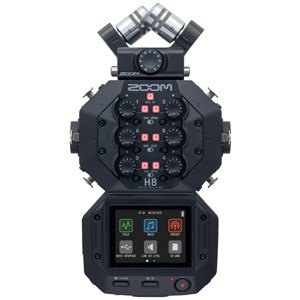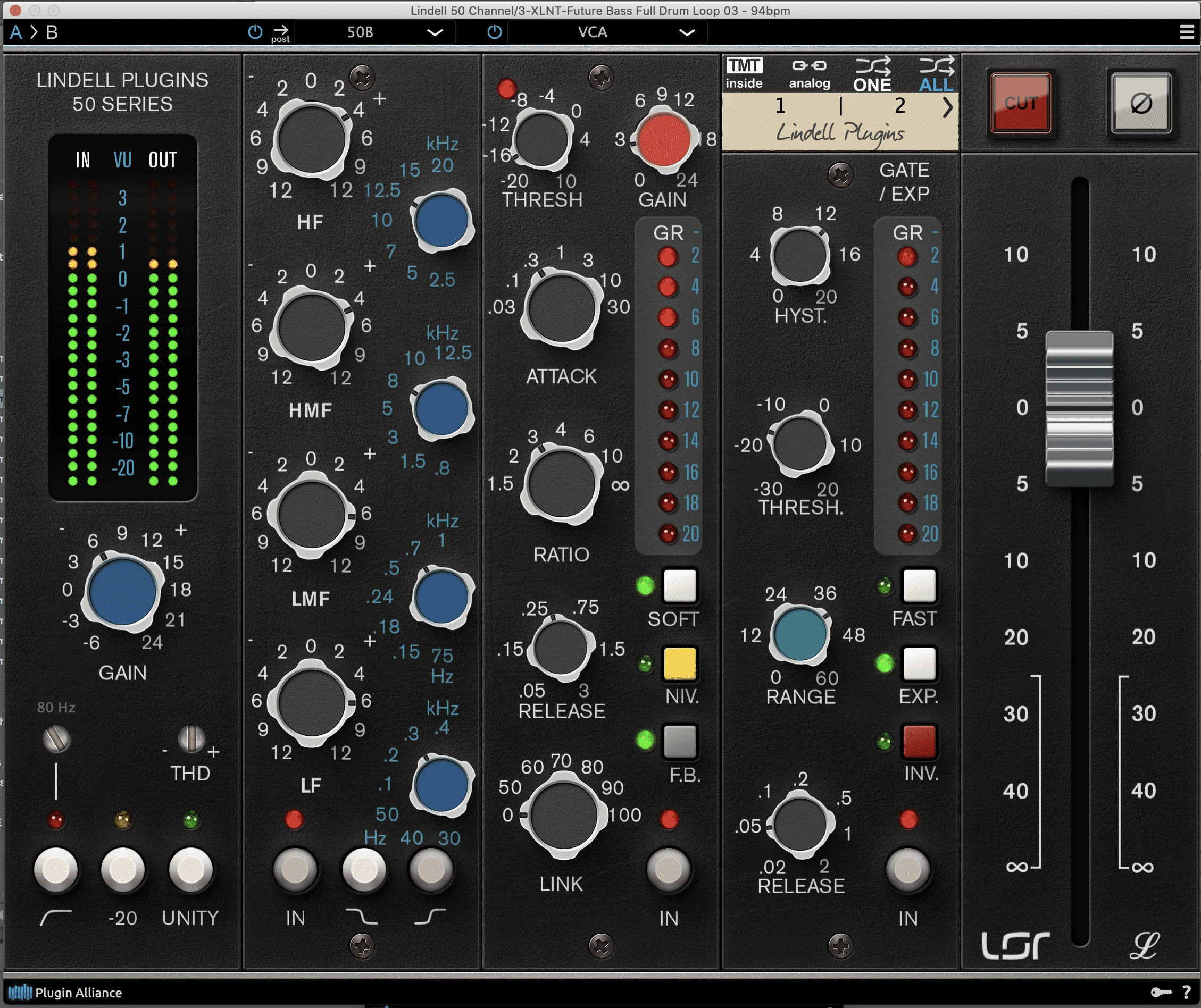Zoom H6 vs Zoom H8
Zoom H8 12-Track Portable Recorder vs Zoom H6 which is better? In this video, I explain the pros and cons of both of these handy recorders. In my opinion, this depends on what you will be needing this type of recorder for. You’ll have different needs and preferences if you’re a musician, podcaster, or field recordist.
Zoom H6
ZOOM H6 All Black (2020 Version) Portable Studio
Looking for a high-quality portable recorder that can handle any recording situation? Zoom offers two great options in the H6 and H8. Both recorders offer six tracks of recording, detachable X/Y capsules, and compatibility with all Zoom input capsules. So, what’s the difference?
The H6 is perfect for podcasts, audio for video, music, and more. It includes four mic/line level inputs with XLR/TRS combo connectors for the connection of microphones and line-level sources. You can record up to 24-bit/96kHz to SD cards up to 128GB, and it runs on 4 AA batteries for up to 20 hours of operation. Plus, it comes with Cubase LE and Wavel e software for audio editing and mixing. The H6 also features a built-in stereo microphone, enabling you to capture high-quality sound on the go. Whether you’re recording interviews, live performances, or ambient sound, the H6 provides versatile and convenient recording options. If you’re looking for a reliable portable audio recorder with excellent performance, the Zoom H6 is a top choice. For more in-depth information, be sure to check out the ethera evi zerog review.
Zoom H8 12-Track Portable Recorder
Zoom H8 12-Track Portable Recorder
The Zoom H8 12-Track Portable Recorder is the perfect tool for anyone looking to make professional-quality recordings. With its interchangeable input capsules, large color LCD touchscreen display, and 12-track simultaneous recording capability, the H8 lets you easily capture your ideas. And thanks to its USB Audio interface mode, you can even stream or record directly to your computer or iPad.
For over three years, the Zoom H6 has been my go-to recorder and was the device that allowed our business Free to Use Sounds to grow. As a field recordist traveling around the world full time, I’ve been able to put both recorders to the test!
| Zoom H6 | ZOOM H8 |
 |  |
| Portable 6-track portable recorder for recording podcasts, audio for video, music, and more Includes detachable X/Y capsule perfect for all types of live stereo recording, compatible with all Zoom Input Capsules Four mic/line level inputs with XLR/TRS combo connectors for connection of microphones and line level sources Records up to 24-bit/96kHz to SD cards up to 128GB, Runs on 4 AA batteries for up to 20 hours of operation Includes: H6 All Black Recorder, XYH-6 X/Y Capsule, 4 AA Batteries, Cubase LE and Wavelab LE Software, and Quick Guide | MULTI-TRACK HANDY RECORDER WITH TOUCHSCREEN INTERFACE 12 simultaneous recording tracks, interchangeable capsules, and an App-driven touchscreen interface, the H8 is designed to meet all your audio recording needs. Inputs & Outputs H8 offers 4 XLR inputs with dedicated pad switches and gain control. 2 additional XLR/TRS combo jacks with Hi-Z switches allow you to capture line level signals, microphones, or directly record electric guitars and basses. Monitor tracks using the built-in 1/8” headphone output or connect directly to your camera using the dedicated stereo line output. |
| Check the price on Amazon | Check the price on Amazon |











